Exploring L'Anse and a Surprise in Pequaming
There are many Native Americans in this part of Michigan. The Ojibwa Tribe seems to have many holdings here including the RV Park where we are currently staying. In L'Anse we found the Pinery Indian Cemetery with the good help from our RV friend Wisconsin Dale. Dale spent many years living the sportsman's life on the UP and has been sending us clues about the best places to go and things to see. What's to want with good friends like that?The Pinery Indian Cemetery was a fascinating and spiritual place. The information speaks of the Chippewa Tribe in this area as early as 1600 A.D.
The cemetery is a fascinating mix of Native American spiritualism and Christianity, and also attended in areas and allowed to go natural in other areas.
All of the graves were marked.
Some marked simply...
...others more elaborately.
There were Spirit Houses. It is thought to be a four day journey to the Spirit World; the Spirit Houses give the deceased a place to rest and family members can bring offerings of food or hunting and fishing supplies to aid in the journey and put then right in the little holes at the end of the house. You can also see the Christian Cross and more traditional western headstone in the foreground.
Some grave sites were decorated with artful rock stacks.
There were many Veteran of US Forces grave sites here.
Here was a woman that lived mainly in the 1800s and survived to 107 y/o.
The entire cemetery site over looked two beautiful lakes in the nearby valley.
After reflection we continued up the eastern shoreline of the Keweenaw Bay and made a brief stop at Silver Falls. Steve hops out on the rocks for a beter view of what's ahead.
He hopped right out there.
View from the hopping rocks
Down in the gorge at the first set of rapid falls.
Looking upstream from stream level.
More whitewater ahead!
Gari up top shooting down into the gorge.
A long way down!
The "Chute"
Steve at the bottom.
Looking upstream.
Natural beauty.
Likewise.
Rock and root staircase to the top.
Gari at the top of The Chute.
Last rapids at Silver Falls.
Rounding the cove up to Pequaming. That is part of the Keweenaw Bay.
We parked Pepé in the shade at the Marina and RV Park at the southern tip of town.
For a small town and marina this owner had some serious equipment.
This sailboat should be in the water, it is mid-July after all!
Serious maintenance facilities!.
There was some heavy machinery from days past on site, we think mining equipment...
Based on what we have seen, we guess this is a large drive belt pulley turning a bevel gear of a Stamping Press. The fascinating thing is that the bevel gear teeth are made from wood!
The end game of the mining object... the smelting pot. What's in there Gari?
There's a partial shot of the RV parking at the Pequaming Marina.
We also noticed the water tower that had the Ford logo on it.... A fellow who was putting his ski boat over, stopped to chat with us. His name was Al and he had lived around Pequaming for the last 25 years. He said that Henry Ford had owned the entire town at one time and had built a bungalow just down the road about a tenth of a mile. We should go see it Al said, so we did.
In 1877 Charles Hebard purchased the land at Pequaming and conducted a successful timber and lumber mill business. The Hebards built "the Bungalow" in 1913 and in 1923 Ford Motor Company purchased the business, land, The Bungalow, and the surrounding town of Pequaming. Ford used the lower grade lumber for crating and the higher grade wood for the panels of Ford Station Wagons! Our friend Dale mentioned that Henry Ford summered up here, but we didn't expect to see it in Pequaming or in such an elegant way... so this is where Henry Ford hung out in the summers of the early 1900s.
The front of the Bungalow facing Gitche Gumee. Many people, thanks to Henry Wadsworth Longfellow’s “Hiawatha” poem (1855), have heard of Gitche Gumee, the shining Big-Sea-Water. Today in Ojibway language class, thanks to dialectic differences, you are more likely to see gichi-gami, gitchi-gami or kitchi-gami for Lake Superior. Loosely, it does indeed mean “Big Sea” or “Huge Water,” but just about always refers to Lake Superior. The 1878 dictionary of Father Frederic Baraga, the first one written for the Ojibway language, says Lake Superior is Otchipwe-kitchi-gami - the sea of the Ojibway people. The “i” at the end of gami would be more like the “i” in it than a long “e” sound.
The Bungalow with the guest house behind.
A view of Gitche Gumee from the front of The Bungalow.



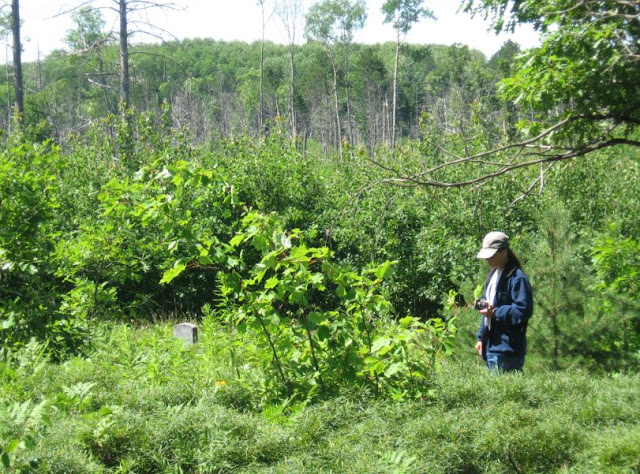





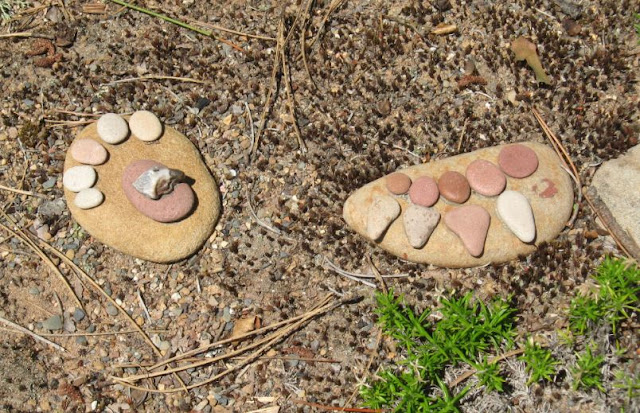

















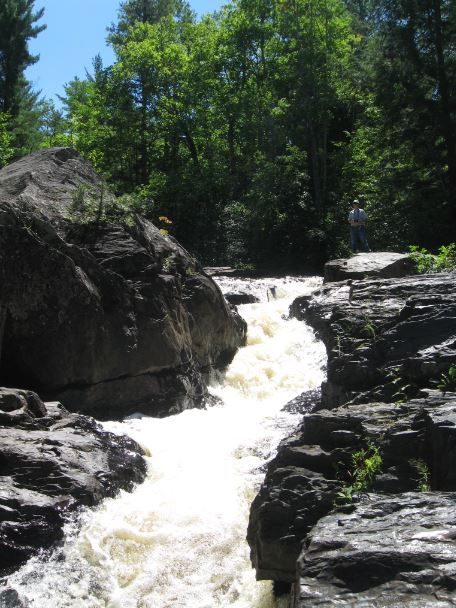
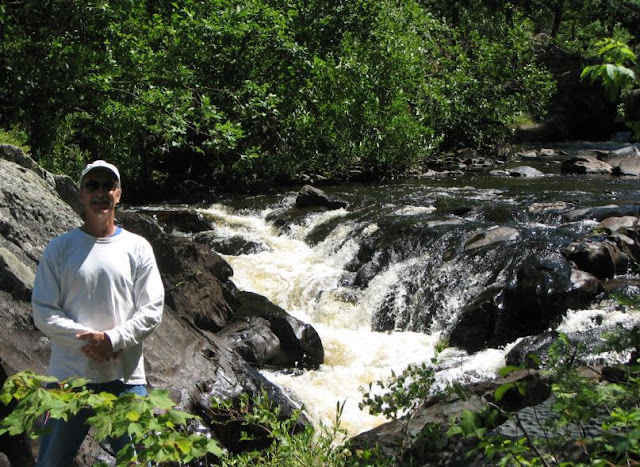

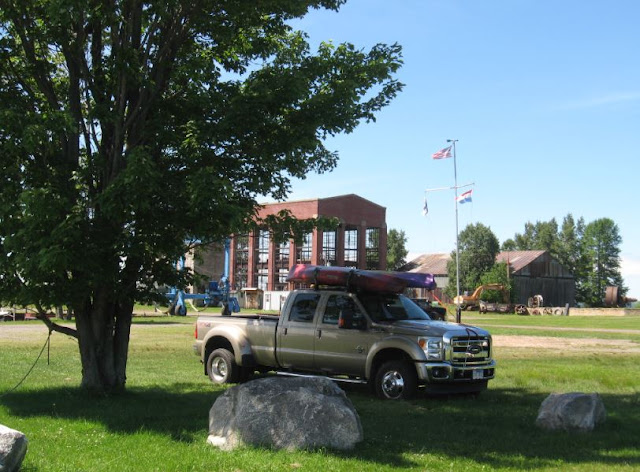












No comments:
Post a Comment